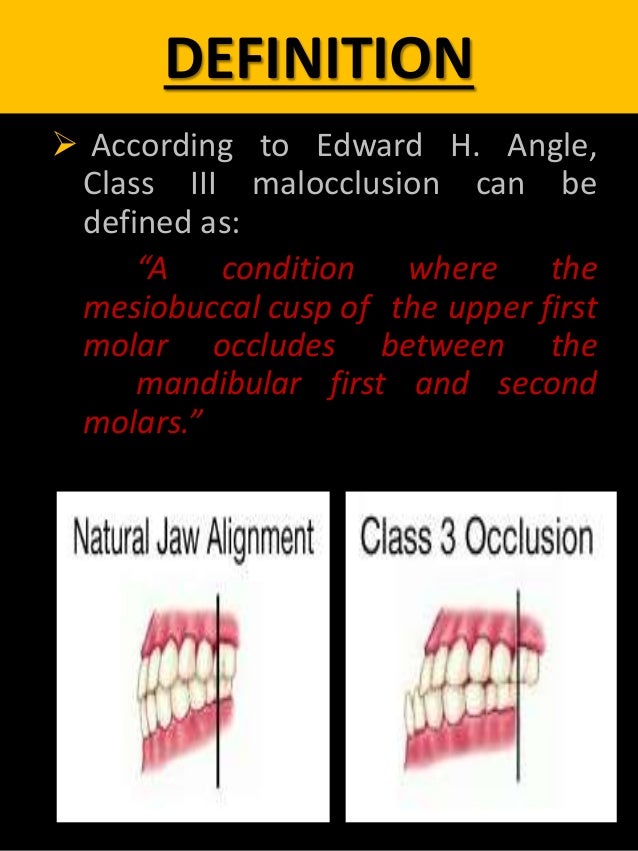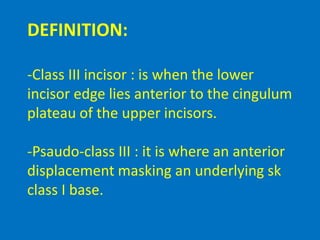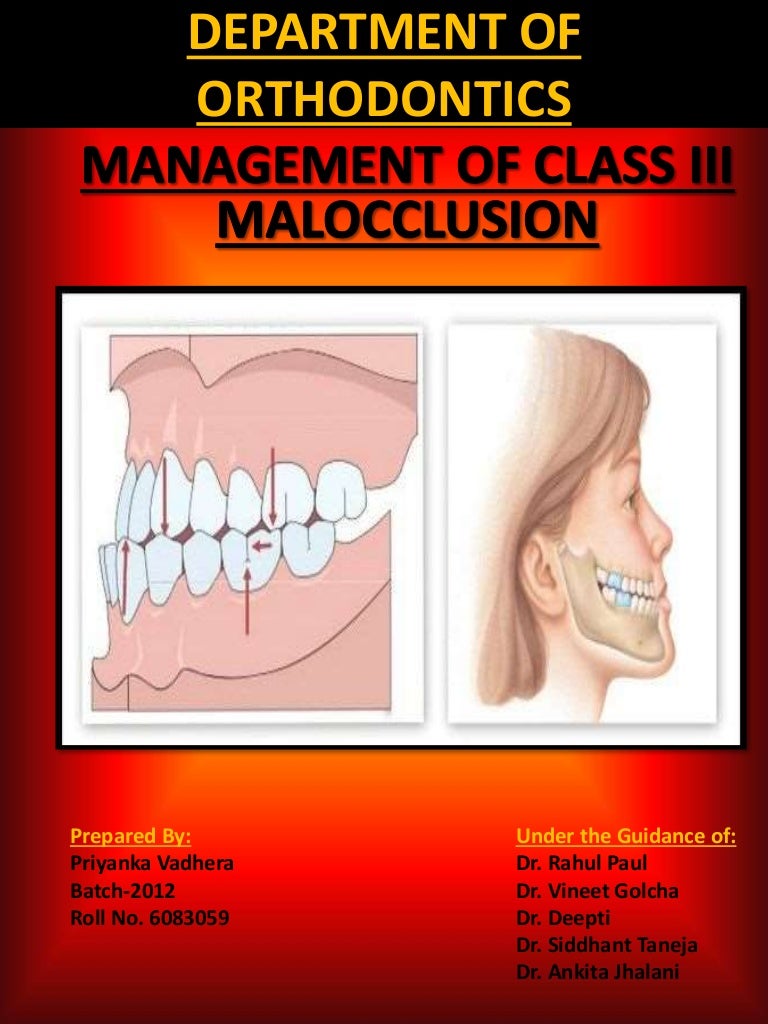class iii malocclusion definition
Class 3 is the rarest type of malocclusion. Dental malocclusions are quite common.

Angle S Classification For Malocclusions Dentalnotebook
Angle Class III malocclusions in 120 subjects who had orthognathic surgery were analyzed with cephalometrics and facial photos and.
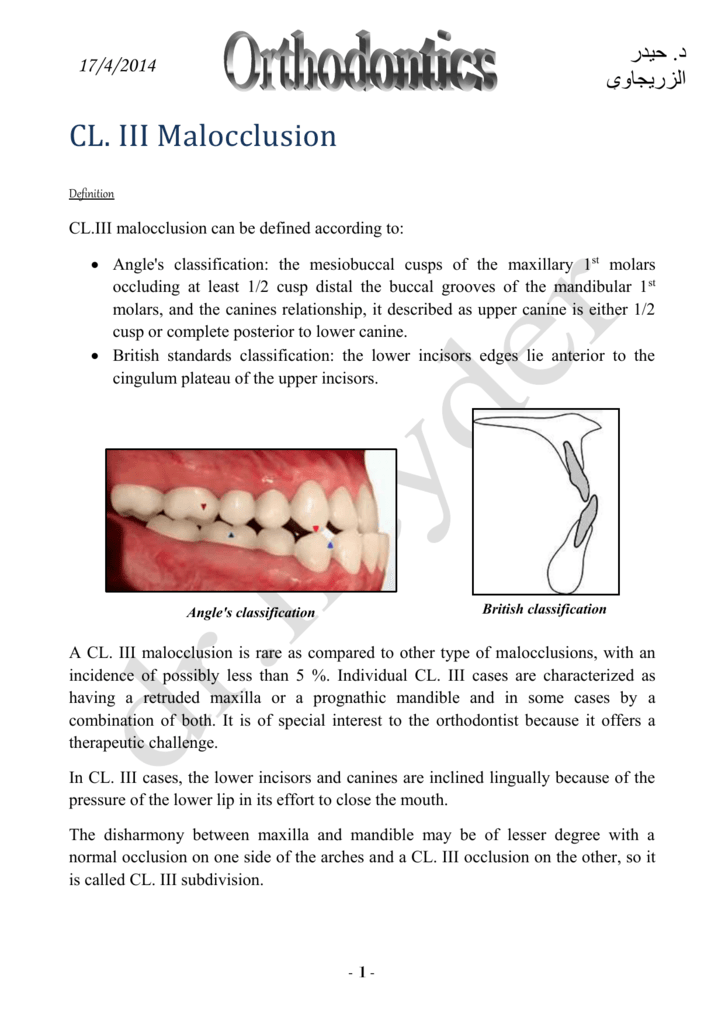
. The etiology and treatment of Class III malocclusion has been discussed. An electromyographic investigation of patients with a normal jaw relationship and a Class III jaw relationship. The bite is normal but the upper teeth slightly overlap the lower teeth.
A class 3 malocclusion can cause many issues because it makes it difficult for a person to bite properly and it can cause some self-esteem concerns. Class 1 class 2 and class 3. Contrary to class 2 class 3 malocclusions are characterized by lower molars that are too far forward compared to the upper molars.
Fortunately there is some hope for people who end up with a class 3 malocclusion. He based his classifications on the relative position of the permanent MAXILLARY FIRST MOLAR. Class 2 malocclusion called retrognathism or overbite occurs when the upper jaw and teeth severely overlap the bottom jaw and teeth.
Class III malocclusion represents a growth-related dentofacial deformity with mandibular prognathism in relation to the maxilla andor cranial base. This condition is also known as an underbite and it is much less common than other types of malocclusions where the upper teeth are more prominent. A class III malocclusion is defined by the presence of a class III incisor relationship which may range from a reduced overjet or edge-to-edge incisor relationship to a frank reversed overjet.
People with this underbite often have a. Class 1 malocclusion is the most common. Class III Malocclusion Anterior Tooth Positions Overjet is a term used to describe the distance between the.
Class III malocclusion has a multifactorial etiology which is the. The value of electromyographic assessment in the assessment and prediction of Class III malocclusion has been shown. The estimated incidence of Class III malocclusion among the Korean Japanese and Chinese is 4 to 14 because of the large percentage.
This kind of malocclusion finds highest incidence in Japan Korea. There are a few treatment options that can provide a very good outcome. In this article we define class 2 malocclusion and explain the types of treatments that can be used to correct it.
A class III malocclusion can be of dental or skeletal origin so it is crucial to classify the malocclusion accurately in order to manage it on a sound clinical basis. Dental malocclusions are classified based on the positioning of the upper and lower molars. Class III malocclusion is a less frequently observed clinical problem than Class II or Class I malocclusion occurring in less than 5 of the US.
The mesiobuccal cusp of the maxillary first molar occluding posterior to the buccal groove of the mandibular first molar ie. Class II malocclusion is considered the most frequent problem presenting in the orthodontic practice affecting 37 of school children in Europe and occurring in 33 of all orthodontic patients in the USA1 Class II malocclusion may also involve craniofacial discrepancies which can be adjusted when patients are adolescent. Population56 The prevalence is greater in Asian populations.
Angles class III malocclusion is a commonly encountered orthodontic problem associated with disturbances of teeth occlusion. Class 1 malocclusion is the most common classification of malocclusion. In this type of malocclusion your upper teeth.
Meaning of malocclusion angle class iii. Its also known as postural class III. Dental malocclusions are classified based on the positioning of the upper and lower molars.
Class 2 malocclusion is diagnosed when you have a severe overbite. A condition where the mesiobuccal cusp of the upper first molar occludes between. Edward Angle who is considered the father of modern orthodontics was the first to classify malocclusion.
Definition of a class 2 malocclusion. DEFINITION AND INCIDENCE OF CLASS III MALOCCLUSION According to the British Standard Institute BSI. PSEUDO CLASS III MALOCCLUSION Due to occlusal prematurity when the mandible moves from rest position to occlusion it slides forward into a pseudo class III position.
A class III malocclusion is a misalignment of the teeth that results in a situation where the lower teeth are more prominent than the teeth in the upper jaw. Patients can develop a class III. Edward Angle who is considered the father of modern orthodontics was the first to classify malocclusionHe based his classifications on the relative position of the maxillary first molar.
Class III Malocclusion A malocclusion where the molar relationship shows the buccal groove of the mandibular first molar mesially positioned to the mesiobuccal cusp of the maxillary first molar when the teeth are in occlusion. In this post were going to show you. The condition is characterized by an elongated lower jaw and small or short upper.
Definition of a class 3 malocclusion. Each class can also become more specific by being. Article noJAMMR39927 2 1.
There are three types. To obtain the best results in the treatment of patients with Angle Class III malocclusion the etiologies of the malocclusion should first be clarified and then an appropriate treatment modality should be decided. Information and translations of malocclusion angle class iii in the most comprehensive dictionary definitions resource on the web.
DEFINITION According to Edward H. Angle Class III malocclusion can be defined as. A Class 3 molar relationship is described as.
CLASS III MALOCCLUSION THE MESIOBUCCAL CUSP OF THE LOWER FIST MOLAR OCCLUDES MESIAL TO THE CLASS I POSITION. Fig 13-1 Class III malocclusion in the deciduous dentition compare with Fig 2-26. The teeth should all fit on a line of occlusion which in the.
The disturbances in the size and position of the jaws leads to a forwardly placed lower jaw. A malocclusion is a misalignment or incorrect relation between the teeth of the two dental arches when they approach each other as the jaws close. Class 3 Malocclusion Mesiocclusion Also known as prognathism this class of malocclusion occurs when the lower front teeth are more prominent than the upper front teeth and the patient has a large lower jaw or a short upper one.
This causes the teeth to be misaligned and the lower incisors can touch the gingival tissue of the upper arch of. Its prevalence varies greatly among and within different races ethnic groups and geographic regions studied. According to Angle the mesiobuccal cusp of the upper first molar should align with the buccal groove of the mandibular first molar.
C There is a slight overbite. There is a negative overjet at the incisors and canines. The maxillary first molar is severely posteriorly positioned relative to the mandibular first molar.
Class 3 malocclusion called prognathism or underbite occurs when the lower jaw protrudes or. A and b The mandibular dental arch is too anterior in relation to the maxillary dental arch. The deciduous molars occlude adequately in the transverse direction.

Class Iii Malocclusion Vineeth Dental Implant Courses By Indian Dental Academy By Indiandentalacademy Issuu

Nonsurgical Treatment Of An Adult With A Skeletal Class Iii Malocclusion Combined With A Functional Anterior Shift Severely Overclosed Vertical Dimension And A Reverse Smile American Journal Of Orthodontics And Dentofacial

Class Iii Malocclusion Ppt Download

Severe Skeletal Class Iii Malocclusion Treated With 2 Stage Orthognathic Surgery With A Mandibular Step Osteotomy American Journal Of Orthodontics And Dentofacial Orthopedics

Types Of Malocclusion And Correction Winchester Dental

Treatment Of Dentoalveolar Functional Cl Iii Malocclusion

Classification Of Orthodontic Malocclusion Ppt Download
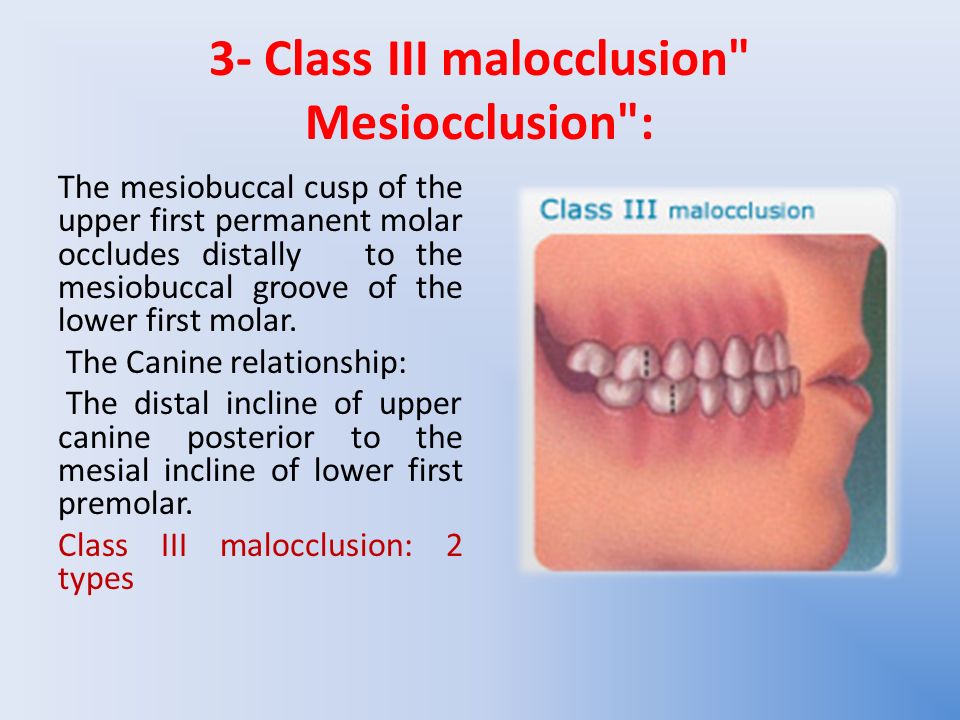
Orthodontic Dr Enas Talb 4th Class Ppt Video Online Download
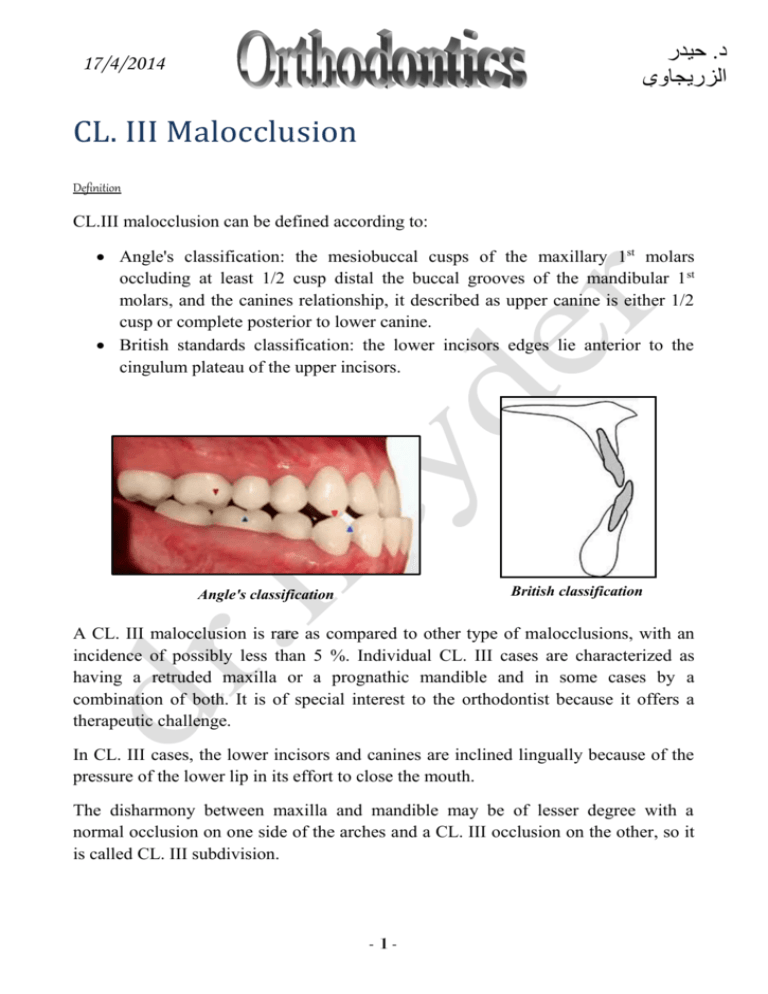
Treatment Of Dentoalveolar Functional Cl Iii Malocclusion
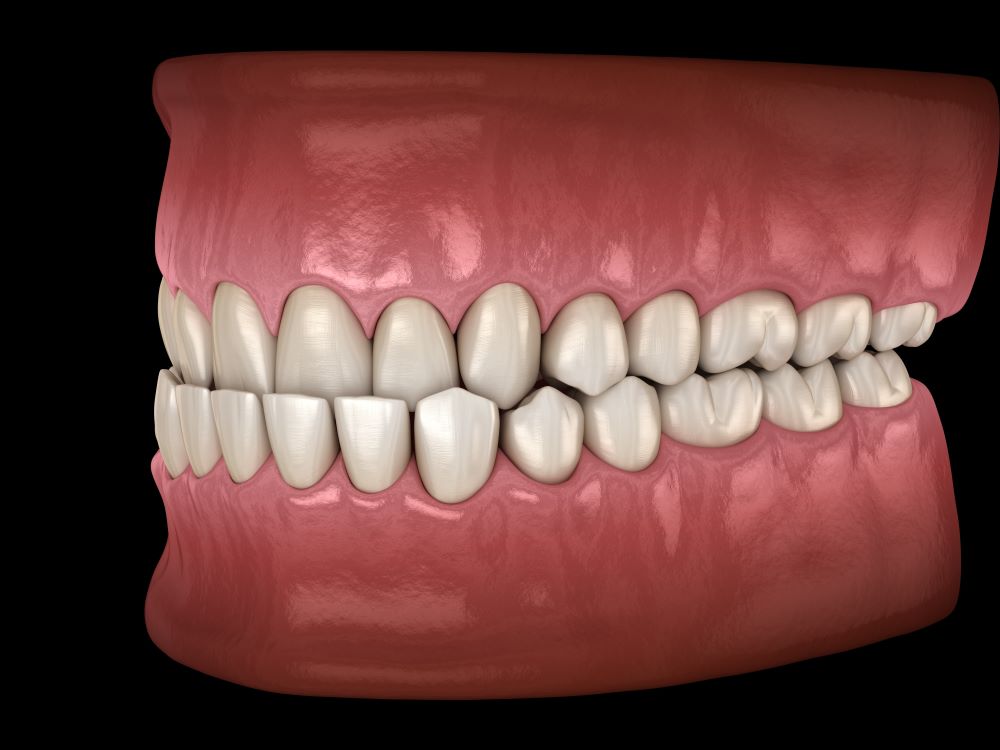
What Is A Class 3 Malocclusion Dental Information

Types Of Malocclusion And Correction Winchester Dental
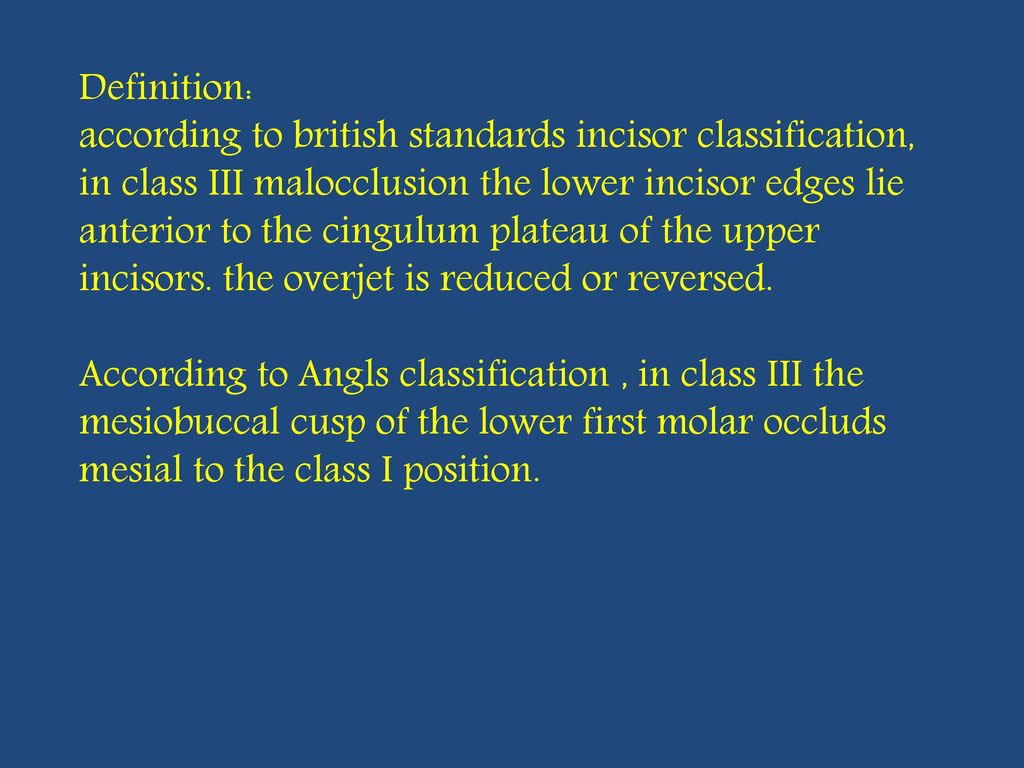
Class Iii Malocclusion Ppt Download
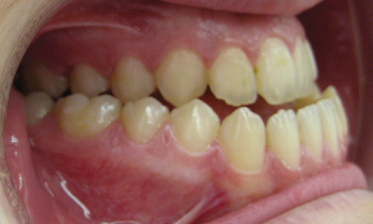
16 Class Iii Malocclusion The Evidence On Diagnosis And Treatment Pocket Dentistry
